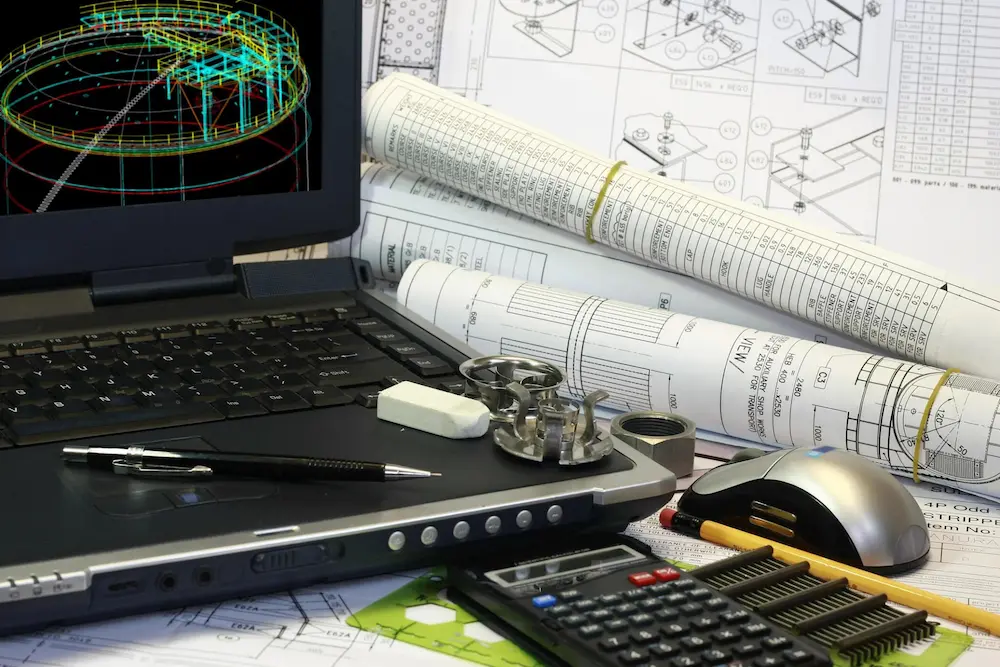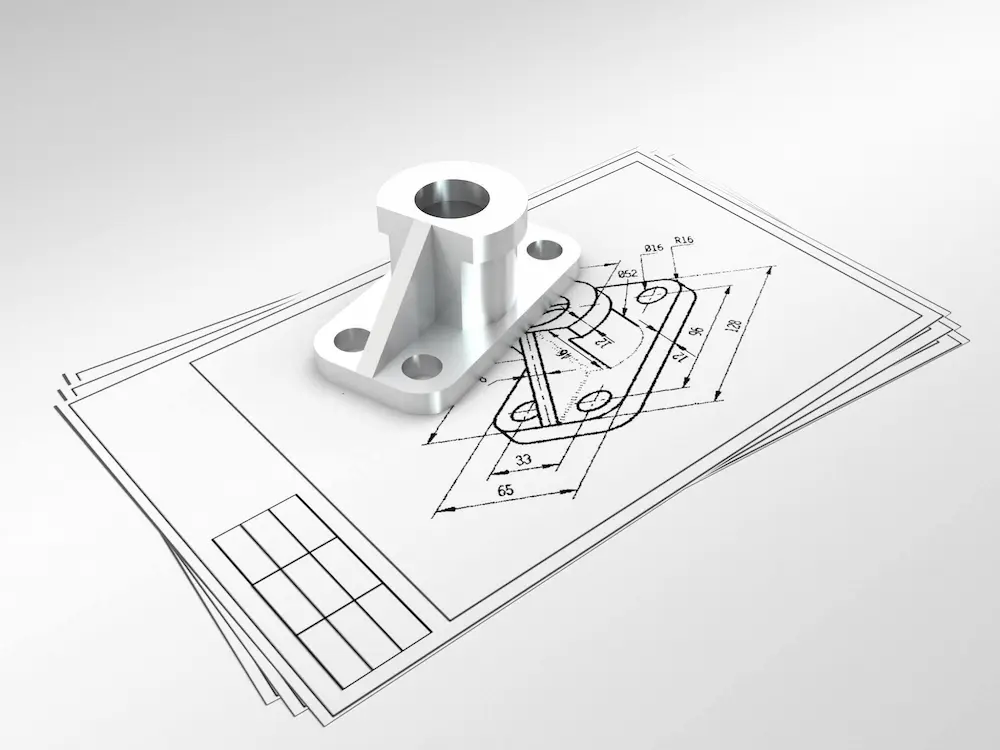The Importance of CAD Designing in Civil Engineering Projects

CAD (Computer-Aided Design) has revolutionized the field of Civil Engineering, offering innovative solutions to traditional challenges. From conceptualization to execution, CAD plays a pivotal role in streamlining processes and improving project outcomes.
CAD refers to the use of computer software to create, modify, analyze, and optimize designs. In Civil Engineering, CAD enables professionals to visualize complex structures and systems before construction begins, leading to more efficient and effective project management.
Evolution of CAD in Civil Engineering
Since its inception in the 1960s, CAD has evolved significantly, aligning with the advancements in technology and the changing needs of the industry. Initially used for basic drafting tasks, CAD systems now incorporate sophisticated tools for 3D modeling, simulation, and data management.
Advantages of CAD in Civil Engineering Projects
Accuracy and Precision
CAD drafting services allows engineers to create highly accurate models, reducing the margin of error in design and construction. This precision ensures structural integrity and safety in civil engineering projects.
Time and Cost Efficiency
By automating repetitive tasks and facilitating faster iterations, CAD accelerates the design process, resulting in cost savings and faster project delivery.
Enhanced Collaboration
CAD software enables seamless collaboration among multidisciplinary teams, including architects, engineers, and contractors, fostering better communication and coordination throughout the project lifecycle.

Applications of CAD in Civil Engineering
CAD finds extensive applications across various stages of civil engineering projects, including:
- Architectural Design: Creating detailed blueprints and floor plans
- Structural Analysis: Simulating loads and stresses on building components
- Urban Planning: Designing infrastructure for cities and communities
Integration of CAD with Other Technologies
CAD is often integrated with other technologies such as:
- BIM (Building Information Modeling): Combining CAD designing and drafting services with data-rich models for holistic project management.
- GIS (Geographical Information Systems): Incorporating spatial data for site analysis and mapping.
Future Trends in CAD for Civil Engineering
The future of CAD in civil engineering is marked by:
- Automation and AI: Utilizing machine learning algorithms for design optimization and decision-making.
- Virtual Reality (VR) and Augmented Reality (AR): Enhancing visualization and user experience in design review and presentation.
Challenges and Limitations of CAD in Civil Engineering
Despite its benefits, CAD presents certain challenges, including:
- Learning Curve: Mastering CAD software requires time and training.
- Software Compatibility: Ensuring interoperability between different CAD platforms can be challenging.
Case Studies Showcasing CAD’s Impact
Real-world examples demonstrate CAD’s effectiveness in civil engineering projects, showcasing its role in optimizing designs, reducing errors, and improving efficiency.
Training and Education in CAD for Civil Engineers
Continuous education and training are essential to keep up with the latest advancements in CAD technology and methodologies.
Environmental Sustainability Through CAD
CAD contributes to environmental sustainability by:
- Minimizing material waste through accurate modeling and optimization.
- Optimizing energy consumption through efficient design and planning.
Regulatory Compliance and Standards
Adhering to industry regulations and standards is crucial to ensuring the safety and quality of civil engineering projects.
Risks and Safety Considerations in CAD Design
Preventing errors and addressing safety concerns are paramount in CAD design to avoid costly rework and ensure the structural integrity of buildings and infrastructure.
The Role of CAD in Project Management
CAD facilitates project management by providing tools for planning, scheduling, and monitoring progress, leading to more efficient project execution.
Industry Adoption and Market Trends
The increasing adoption of CAD software and the emergence of new technologies drive growth in the CAD market, offering vast opportunities for innovation and development.

Conclusion
In conclusion, CAD has become an indispensable tool in modern civil engineering, offering numerous benefits in terms of efficiency, accuracy, and collaboration. As technology continues to evolve, the importance of CAD in shaping the future of civil engineering projects cannot be overstated.
FAQs
-
Is CAD software expensive?
- While some CAD software can be costly, there are also free and open-source options available, catering to different budgets and requirements.
-
Can CAD be used for sustainable design?
- Yes, CAD can support sustainable design by optimizing resource usage, reducing waste, and minimizing environmental impact.
-
How long does it take to learn CAD proficiently?
- The time required to master CAD varies depending on factors such as prior experience, complexity of the software, and learning resources. However, with dedication, one can become proficient in CAD within a few months to a year.
-
What are the main challenges when integrating CAD with other technologies?
- One of the main challenges is ensuring compatibility and interoperability between different software platforms. Additionally, integrating CAD with other technologies may require additional training and resources.
-
Is CAD only used for design, or does it have other applications in civil engineering?
- CAD is not limited to design; it also plays a crucial role in various aspects of civil engineering, including analysis, planning, and project management.


